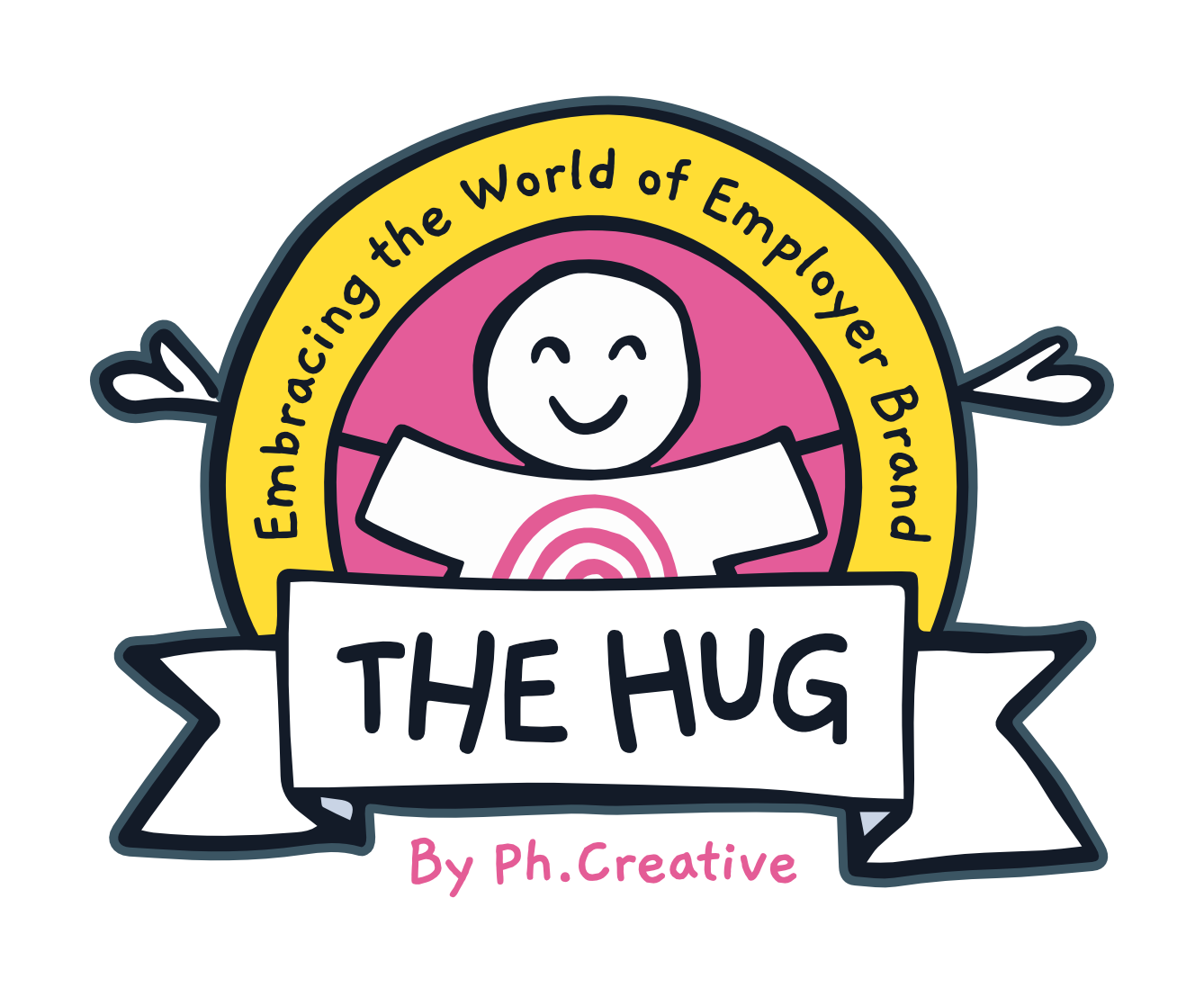Translating Values into Actions: Building a Tangible Workplace Culture
3 min read. Values alone cannot help you build and foster a culture you want. You must define how they show up in the form of behaviours and actions. Here's how...
Values alone cannot help you build and foster a culture you want. You must define how they show up in the form of behaviours and actions. Here's how...
In the war for talent, organisations know they need to differentiate themselves to attract top candidates.
There is no point in mimicking your competition and, in fact, it is essential that you create a marked point of difference in what you offer.
When we worked with GVC to develop an employer brand, for example, studying the competition created an opportunity to create something new and unique.
It is essential to promote your workplace culture. But what exactly does "culture" mean?
Values alone cannot shape and build culture. Companies need to define a set of desired behaviours and actions that align with their values.
Without defining how they show up in the day to day, they will remain far too abstract to make a difference. Keep defining the culture you want and need until what you have produced is so clear, people can use what you have defined to make independent decisions that naturally align with the outcomes you expect.
Values are the "what" - they declare what the organisation cares about; but behaviours are the "how" - demonstrating how those values play out.
Here's the secret method...
Codify behaviours
A company may value collaboration, but simply stating this provides little guidance on expectations. How do team members collaborate day-to-day? What behaviours are exhibited? Codifying behaviours makes values tangible.
Let's take a value of being 'supportive'. You could leave it at that and ask people to be supportive. Or you could describe it with example behaviours like 'takes time to listen and understand issues colleagues face' and 'offers to help a colleague who seems under pressure'. The latter helps clarify what you mean by ‘supportive’ in a way that shapes culture and creates a virtuous circle.
Defining ideal behaviours transforms vague values into concrete actions, benefiting both employees and the organisation overall:
-
Employees gain clarity on expectations. Rather than guessing whether they are exemplifying values, they can refer to defined behaviours, enabling them to adjust actions and contribute positively.
-
Organisations can consistently reinforce desired conduct. Managers can provide better feedback by pointing to behaviours, not just values. Consistent practice further shapes culture.
-
Job seekers want insight into company culture when evaluating roles. Well-defined behaviours help them self-select.
-
Specific behavioural examples make it much easier for people to advocate for you as an employer. A valuable addition to your arsenal.
-
Assessment is more objective. Tying reviews to observed actions makes performance management more impartial.
Employees who believe their company's values are clearly reflected in behaviours are:
-
More likely to strongly agree they understand the culture their employer wants.
-
Will feel greater motivation to go beyond their formal job requirements.
-
A lot more likely to endorse their employer to friends as a great place to work.
How to put it in to practice
First, identify a few priority values - three to five works best. Avoid glib and generic ones like “integrity” or “honesty”. What company doesn’t claim to act with integrity? Be specific to your goals. Then define behaviours for each value describing what they look like.
For example, if collaboration is a value, associated behaviours may be:
-
Proactively communicates with colleagues on projects and decisions that may impact them.
-
Ensures other teams understand how their work contributes to shared objectives.
-
Values diverse perspectives and incorporates constructive feedback from others.
Solicit input from employees, especially leaders acting as role models. The behaviours should reflect how staff already exhibit the value. Capture what's working well.
Reinforce consistently through training, mentorship, recognition, and reviews. Reference those desired behaviours when hiring too; integrating the culture you want into all talent processes.
With this approach, you move from conceptual values to defined behaviours that tangibly shape the culture of your organisation every day.
It is fine to have aspirational values, but don't let values remain abstract aspirations. Work to translate them into observable actions aligned with the workplace environment you need.
Sign up to our blog

Every other Thursday we share:
✔ One feature full of our freshest insights
✔ An expert hack you'll love to use
✔ The links you need now
+ other helpful bits for thousands of EB and TA pros just like you
